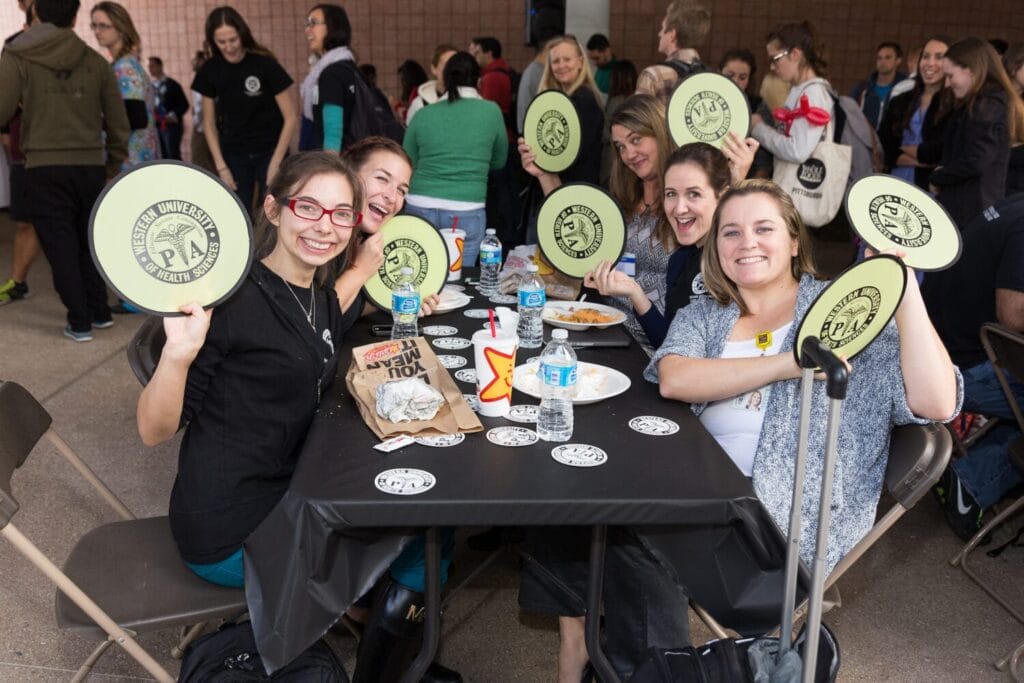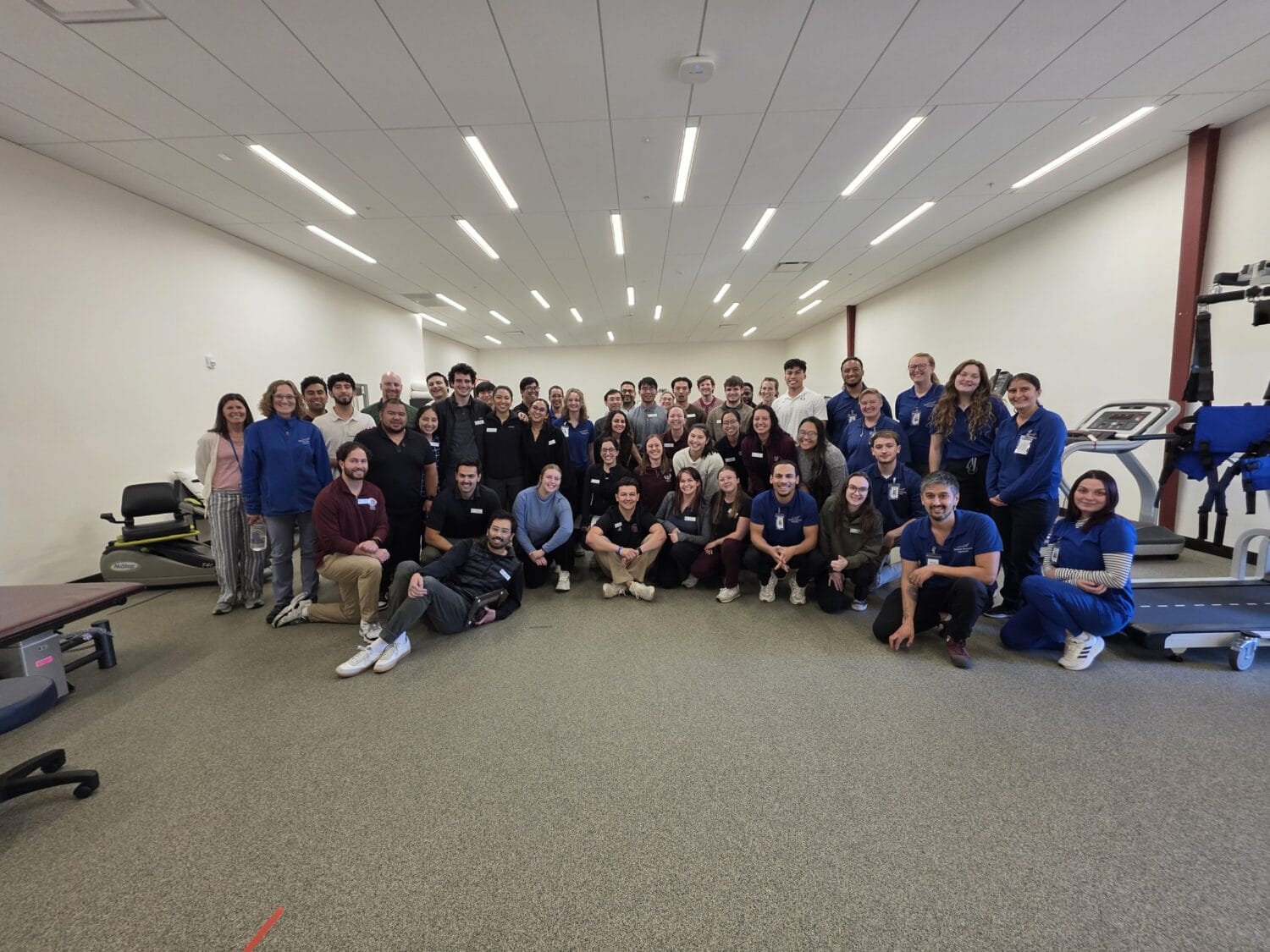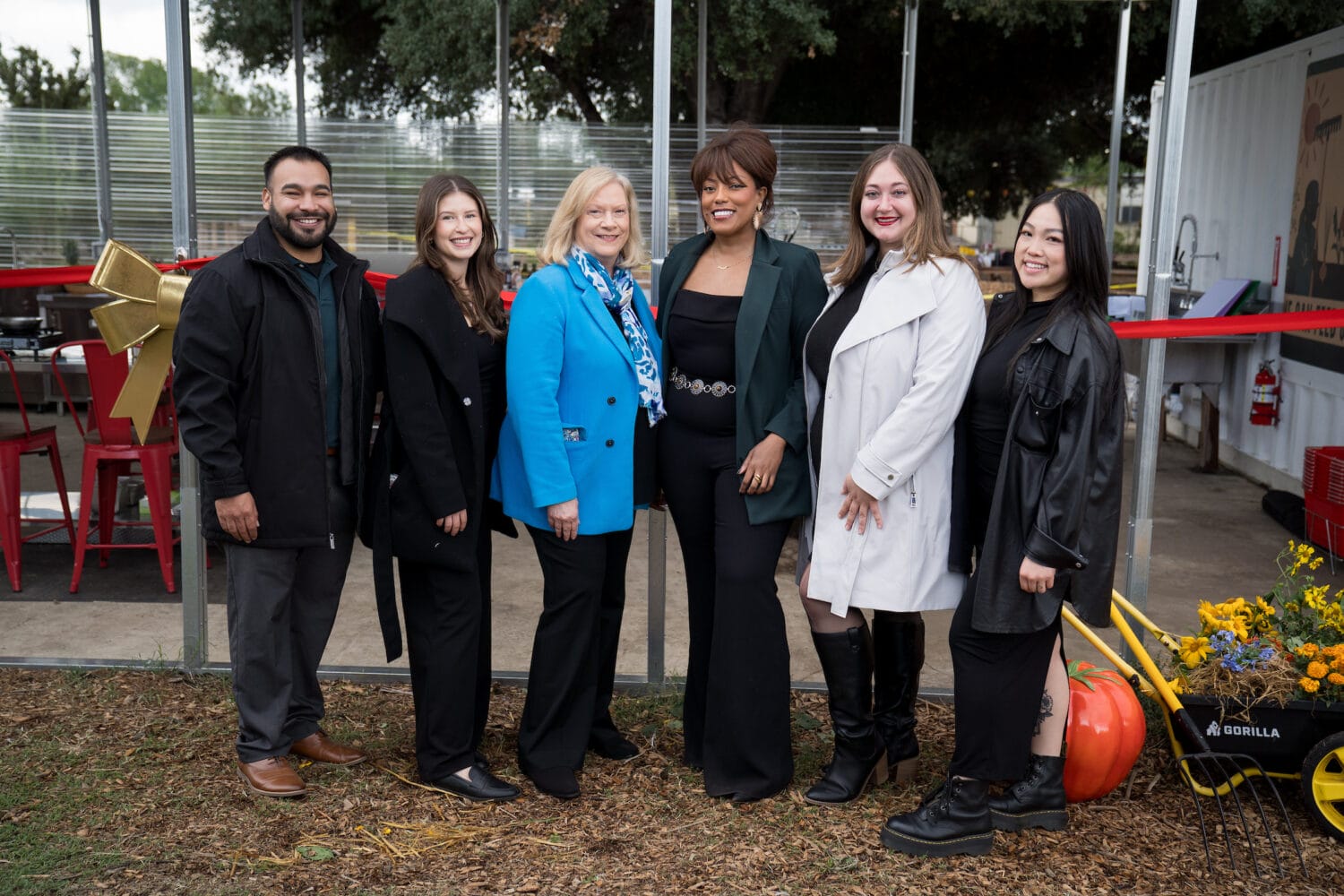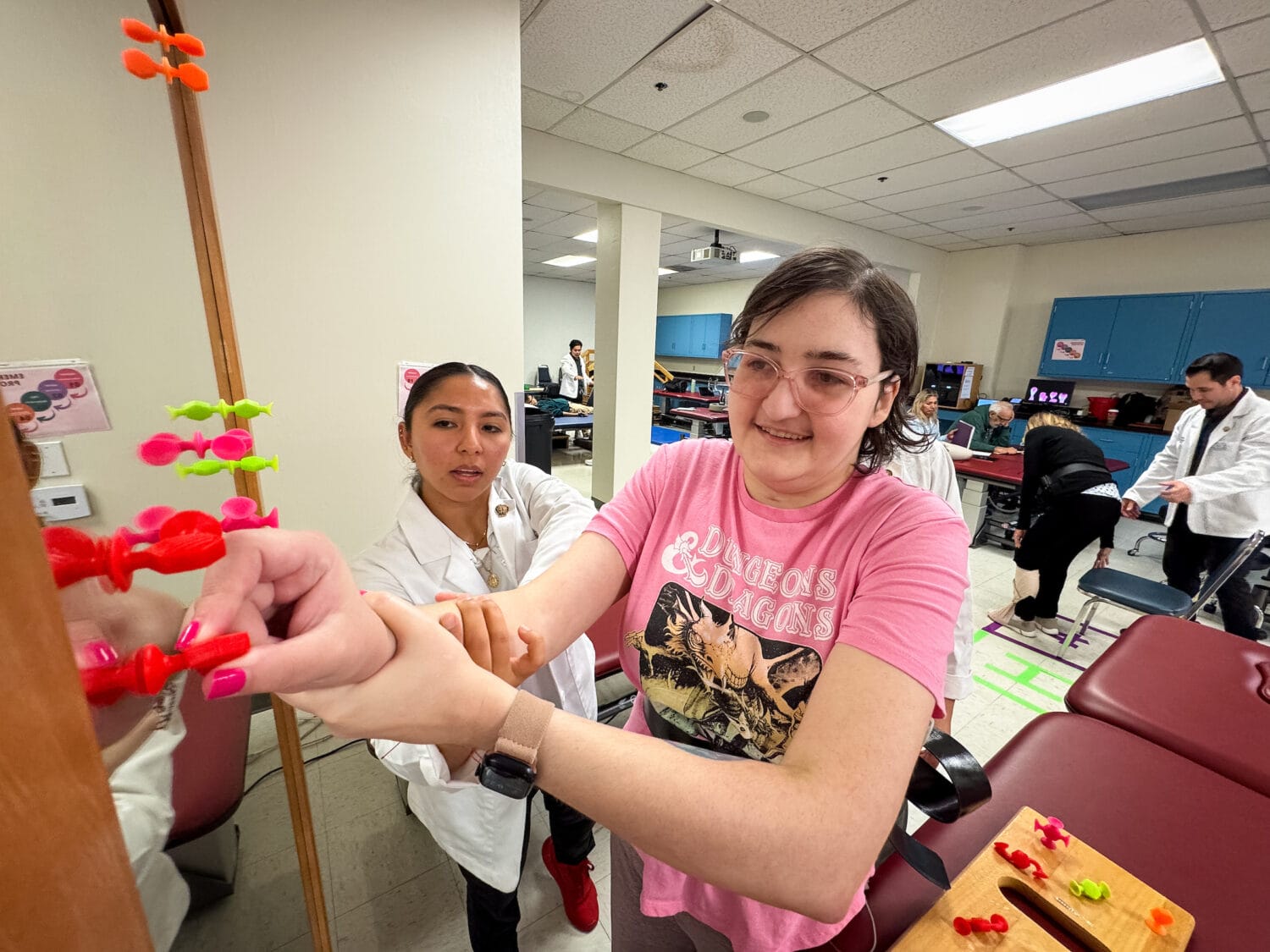WesternU College of Health Sciences celebrates 35th anniversary of the PA program
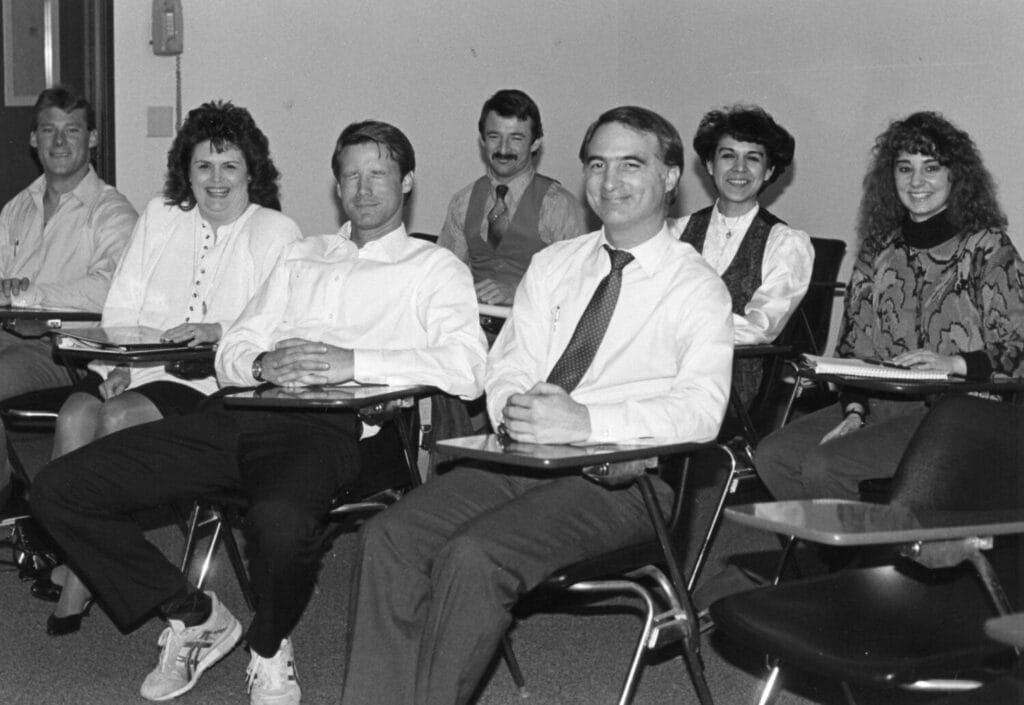
In 1990, the Physician Assistant program was established at what was then the College of Osteopathic Medicine of the Pacific (COMP) in response to a growing demand for primary care providers across the western United States.
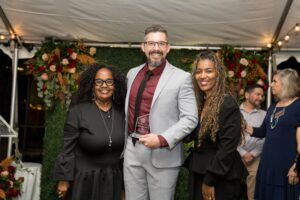
Thirty-five years later, Western University of Health Sciences’ Department of Physician Assistant Education stands stronger than ever. While the program continues to evolve, it remains rooted in its original mission: to prepare highly competent, compassionate physician assistants who lead in health care, service and community engagement.
“Since 1990, when our program first earned accreditation, we’ve been on an incredible journey—one fueled by a clear mission and an extraordinary community,” said Department of PA Education Chair and alumna Amber Singletary, DMSc, MSHS, PA-C ’00. “What began as a vision for preparing highly competent, compassionate physician assistants has grown into something even more powerful: a legacy.”
The launch of the PA program marked a turning point in the growth of Western University of Health Sciences. Originally a single-college institution offering the Doctor of Osteopathic Medicine (DO) degree, COMP began to diversify its academic offerings to ensure long-term sustainability and relevance. First came the Master of Science in Health Professions Education in 1986, followed by the PA and Physical Therapy (PT) programs.
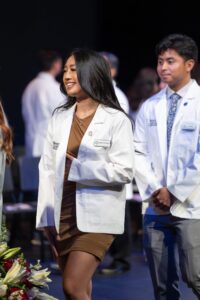
The School of Allied Health Professions formed to handle the administration and growing faculty numbers of PA, PT, and MSHPE. Two factors sparked the discussion of starting a PA program, said WesternU Professor and Provost Emeritus Gary M. Gugelchuk, PhD.
“First, it fit with COMP’s then mission of producing primary care professionals to serve the western U.S. PAs are a vital part of that primary care workforce,” Gugelchuk said. “Also, it was becoming apparent that being a stand-alone school offering only a DO degree program would not be sufficient to sustain the growth and development of the institution. It would tie us too closely with the vicissitudes of that one profession, and we were in a booming economy at that time, which normally results in fewer applications being submitted to professional schools in general. The PA profession, which at that time only required the general education of the first two years of college as a prerequisite to admission, was a very cost-effective alternative for many students with an interest in health care.”
WesternU Senior Vice President of Special Projects Stephanie Bowlin, EdD, PA, joined the PA program in its inaugural year as an instructor. That first class included six students and offered a PA certificate.
Dr. Don Krpan, who served as dean and provost at COMP, helped facilitate the introduction of the PA program by addressing initial concerns about the university’s growth trajectory.
“He helped the campus understand that growth was necessary for survival,” Bowlin said. “And it helped that the PA profession fit with the DO philosophy.”
As the University continued to expand, the School of Allied Health Professions transitioned into the College of Allied Health Professions, later renamed the College of Health Sciences.
Our faculty were among the pioneers of the profession,” Bowlin said. “Early on, they were actively engaged in leadership roles within national PA organizations.”
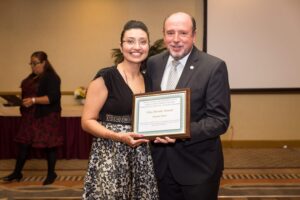
WesternU’s PA program was one of the first programs in California to adopt the master’s degree for students in the program. The change occurred in fall 2000 and the first Master of Science in PA Studies was granted in July 2002, said alumnus and Professor Emeritus Roy Guizado, MS, PA-C, DFAAP, who served as chair of the PA program for about 25 years.
At least five PA program alumni have gone on to become PA Program Directors at other schools, and many more have become didactic or clinical faculty members for other programs, Guizado said.
“The PA Department has garnered a good reputation from its preceptors and employers throughout its 35 years of existence,” Guizado said. “The PA faculty has always had one goal in mind for the students – to educate new health care providers that can make an impact in the practice of medicine and improve the health of patients.”
“We’ve celebrated countless achievements over these 35 years—milestones in academic innovation, national recognition, and expanded community partnerships,” Singletary said. “But some of the most meaningful and impactful moments have happened quietly: in the classroom, a faculty office, the exam room, or during a community outreach event where a patient felt truly seen and cared for. That’s the WesternU PA spirit at work.”
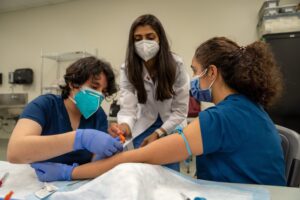
Today, the PA profession continues to evolve, with an expanded scope of practice to meet the demands of a complex health care environment. Yet, WesternU’s PA program remains firmly committed to its foundation: training graduates to provide outstanding primary care.
“We are constantly exploring innovative approaches to PA education to meet the future health needs of this country,” Bowlin said. “Given the ongoing shortage of health care providers, WesternU PAs are a critical part of the solution. As one of the oldest and most respected PA programs in the nation, others continue to look to us to lead what’s next.”
“As Dean of the College of Health Sciences, I am proud to celebrate the 35th anniversary of our Physician Assistant program,” said College of Health Sciences Dean Gail M. Evans Grayson, EdD, MA. “For more than three decades, our PA program has been dedicated to excellence in education, preparing skilled and compassionate healthcare professionals who have made a meaningful impact in our community. The contributions of our graduates—through clinical care, leadership, and service—have strengthened access to quality health care and advanced the PA profession as a vital part of our health care system. We honor this milestone and look forward to continuing to educate the next generation of PAs who will carry forward this legacy of service and innovation.”
Dr. Singletary offered a final reflection as the program celebrates this milestone.
“Here’s to 35 years of educating healers, advancing the profession, and making a difference where it matters most,” she said. “And here’s to the future we’ll continue to build together.”
